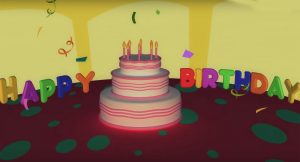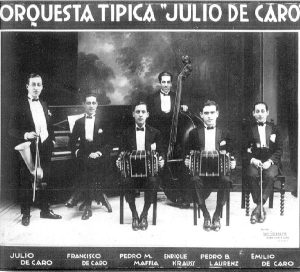There is a belief that Following is really easy. It’s a snap. Most male Leads believe this fantasy because the better Followers that they’ve had the pleasure to dance with are really easy to lead (the action, not the person) so therefore it’s just easy in their minds. It’s effortless. Until they do the job themselves and then it’s all hands on deck and they realize that what they thought was easy is not easy, it’s hard work. All of this is made even more challenging by the 3 facts: 1.) The Lead’s embrace is usually constrictive, and restrictive, compressive, and sometimes even painful. 2.) The Lead’s choice of vocabulary is usually something that is rushed, poorly executed, and usually too rough on the Follower. and 3.) The musical execution of those vocabulary choices. All 3 of those things have to work while the Follower’s technique must be sharp, clean, clear, elegant, and seemingly effortless.
Following is not easy, not by any stretch of the imagination. One thing that makes the job very challenging aside from the 3 things above: Listening. This is not listening as in auditory sound, but rather in feeling. The tactile pressures of the physiological contact of skin to fabric or skin to skin in all of 5 of the major contact points of Argentine Tango. a.) Hand to Hand. b.) Arm to Arm. c.) Hand to Spinal Column. d.) Arm to Back. and e.) Torso to Torso. In all 5 of those contact points the Follower is listening, feeling, for minute changes in physiological pressures to ‘hear’ or feel an indication that X is going to happen.
Frequently, however, they are pushed, pulled, compressed, forced really to do X, Y, and Z when they’re not moving from a stable position, so ‘hearing’ anything at that point is nearly impossible as they’re just trying to survive not falling all over themselves.











